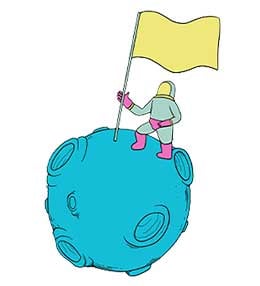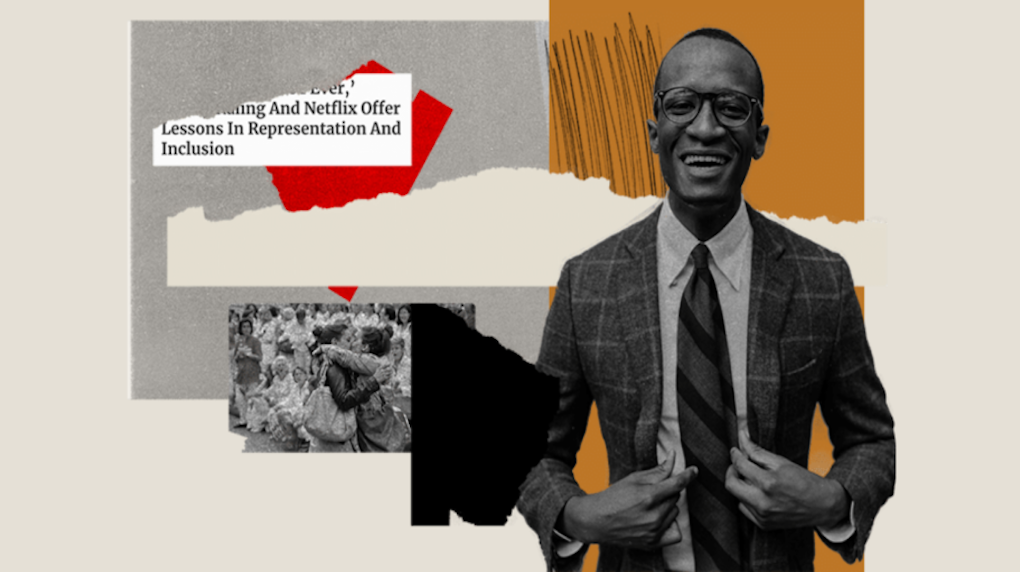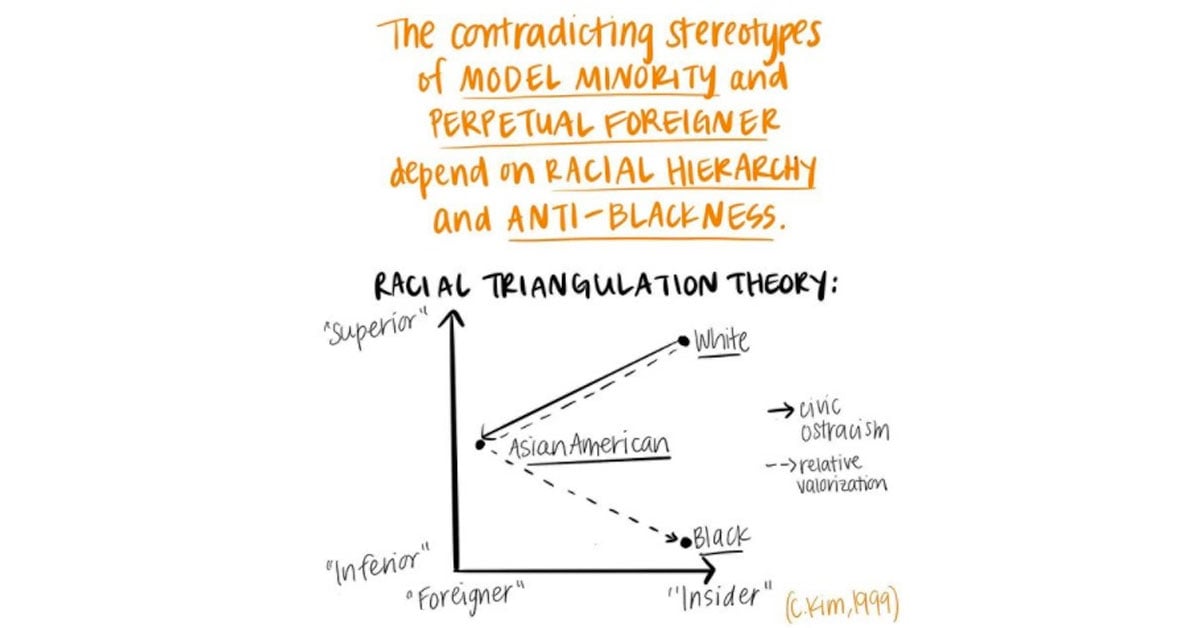At Major Tom, we believe in owning our impact. You might have heard us mention that one before. It’s one of our core values: the guiding principles that we carry with us into every project, change, and challenge that we face as an agency.

Part of owning our impact is accountability. We know that our partners and our teammates depend on the work we do, so we’re always brainstorming new and better ways to improve our services.
Just as importantly, owning our impact means trusting our team’s dedication and expertise, and creating impactful opportunities for them to leverage it.
It was in that spirit that, back in 2018, Major Tom launched our internal committees.
By focusing on key elements of our services, these committees would support our team’s growth and development, while ensuring that our agency grew and developed along with them.
But we had to start with a first step.
The launchpad
In typical Major Tom fashion, we started with plenty of questions. And Slack channels.
There were interviews, research, and a whole lot of discussion. Finally, everything came together during a workshop where we hammered out a plan.
It was clear that the thinking we wanted was already happening. We just needed a structure — a space to take the team’s ideas and put them into action.
We were already devouring industry news and following the constant changes to digital best practices. Committees would formally keep us ahead of the curve, organizing key takeaways and prioritizing the most important recommendations to keep everyone at Major Tom up-to-date.
We were already chatting, building a company culture that went beyond departmental divisions. Committees would lean into that, bringing together Major Tommers from every corner of the agency to ensure that their insights drew from everyone on the team.
Committees gave staff who were eager to lead an opportunity to do so. Each would be chaired by someone not currently in a leadership role, providing valuable experience and professional development for our colleagues outside of management.
Finally, we needed focus. Something to keep the committees on track, and give them the opportunity to share their hard work. Each committee would meet in small groups every 6 weeks, and would plan around key goals: Lunch & Learn seminars, insight-driven content (like our Mercury blog posts), and sharing useful discoveries through committee Slack channels.

This was just the start — things, like they always do, would evolve.
That was okay — our launchpad prepared us for inevitable change.
We have liftoff
Next, we passed this framework back to everyone at Major Tom. What were they passionate about? Where could they lend their expertise?
The response was striking and led to our first round of committees; groups focused on some of Major Tom’s core specialties.

There was the Accessibility Committee, working to remove obstacles for anyone accessing our projects and ensuring that our clients can reach the largest possible audience. Even today, they remind us that when it comes to accessibility, everyone involved with development has a job to do.
Or the Media Committee, reviewing the latest industry headlines and researching best practices for specific media tactics. In addition to educating the agency on the different tools at our disposal, they continue to streamline our planning and strategy process for future campaigns.
There was also the UX Committee, shining a spotlight on the user experience in all of our work. They continue to brainstorm ways to clear design hurdles and provide insight into the UX development process through Lunch & Learns.
Alongside a few others, our foundational committees were up and running, but there was more to come.
Growth and professional development
We designed our committees to grow and to help their members do the same. It wasn't long before they were doing just that.
Learning to lead
With their own organizational structure, it soon became clear how much committees benefitted from their chairs' hard work.
These were volunteers who stepped in at launch and were responsible for keeping their team motivated, coordinating meetings, delegating tasks, and holding the committee accountable for projects and deadlines. All great practice with management skills that a committee chair might not have the chance to use elsewhere.
New additions
2020 also showed us where our committees' focus needed to expand. Our agency took the first steps towards improving our biases and processes with a commitment to meaningful support of anti-racism and anti-hate.

That included a new addition to our roster of committees: the Diversity, Equity, and Inclusion (DEI) Committee. There, our colleagues work to ensure that our business's diverse backgrounds and voices have representation. Focused on sustained organizational change, the DEI Committee has provided multiple company-wide workshops, education initiatives, and refinements to our internal policies and approach.

The DEI Committee gave us a blueprint for how these groups could expand. Our team identified an essential missing piece of our committees' scope, and passionate employees stepped in to address it.
The sky's the limit
The growth has by no means stopped. Today, our team is driving a robust set of committees that touch on just about everything that we do as a business. However, we’re constantly optimizing and iterating on these committees to ensure that their impact is felt across all of the services that we offer.